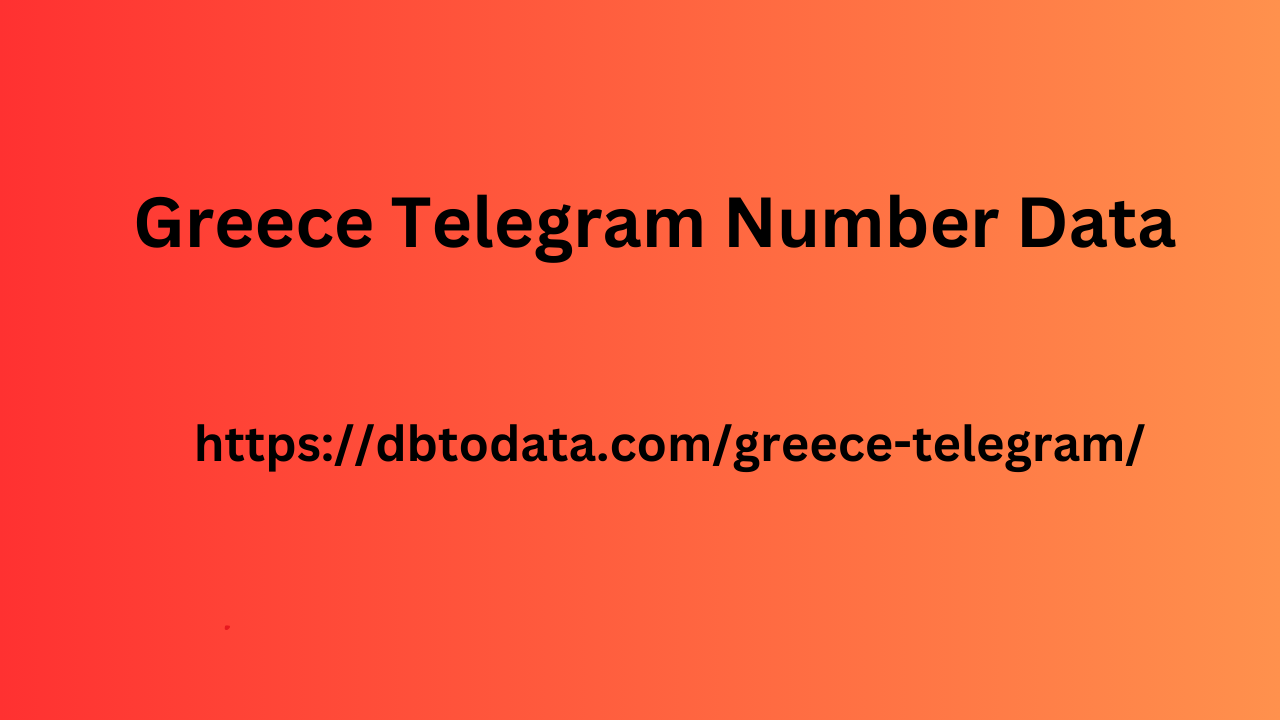Post by account_disabled on Mar 4, 2024 11:25:37 GMT 1
ABR stands for Adjusted Bounce Rate and indicates a modified metric relating to the analysis of the Bounce Rate present in Google Analytics. Bounce rate is the percentage of single-page sessions (that is, sessions in which users leave the site from the page they entered from, without interacting with it). To calculate the Bounce Rate, Google therefore considers the pages viewed during a specific session. If a user lands on the home page of our site and leaves after reading the information, that session will have a bounce rate of 100% . This specific metric is therefore very useful for evaluating the engagement rate of our website, but in its standard form the Bounce Rate does not always tell us everything about the quality of each visit.
Let's take an example: A user finds one of our articles on Google, clicks, enters the site, Greece Telegram Number Data spends 10 minutes reading our content then leaves. Analytics considers this visit as a visit with a 100% Bounce Rate and zero session duration (in fact GA assigns a zero duration to bounce visits ). We have a one-page landing page that we acquire traffic for through AdWords. When we analyze the best performing keywords we see that many have a 100% bounce rate and zero duration. Are we sure that in the two cases presented above the bounce rate is the right parameter on which to make our assessments? Definitely no. And this is where the Adjusted Bounce Rate comes in handy. Let's go back to the official definition of bounce for a moment .

Abounce is a session containing only one interaction hit and by interaction hit we mean both a visit (page hit) and an event (event hit). Therefore we can use a Google Analytics event of any nature to verify the user's further engagement with our content and consequently generate a more realistic bounce rate. Event types for Adjusted Bounce Rate We said that we can use an event interaction hit to make Google understand that the user who is on our site, visits only one page and leaves has not actually generated a bounce because he interacted with our site in another way. er 30 sec
Let's take an example: A user finds one of our articles on Google, clicks, enters the site, Greece Telegram Number Data spends 10 minutes reading our content then leaves. Analytics considers this visit as a visit with a 100% Bounce Rate and zero session duration (in fact GA assigns a zero duration to bounce visits ). We have a one-page landing page that we acquire traffic for through AdWords. When we analyze the best performing keywords we see that many have a 100% bounce rate and zero duration. Are we sure that in the two cases presented above the bounce rate is the right parameter on which to make our assessments? Definitely no. And this is where the Adjusted Bounce Rate comes in handy. Let's go back to the official definition of bounce for a moment .

Abounce is a session containing only one interaction hit and by interaction hit we mean both a visit (page hit) and an event (event hit). Therefore we can use a Google Analytics event of any nature to verify the user's further engagement with our content and consequently generate a more realistic bounce rate. Event types for Adjusted Bounce Rate We said that we can use an event interaction hit to make Google understand that the user who is on our site, visits only one page and leaves has not actually generated a bounce because he interacted with our site in another way. er 30 sec

